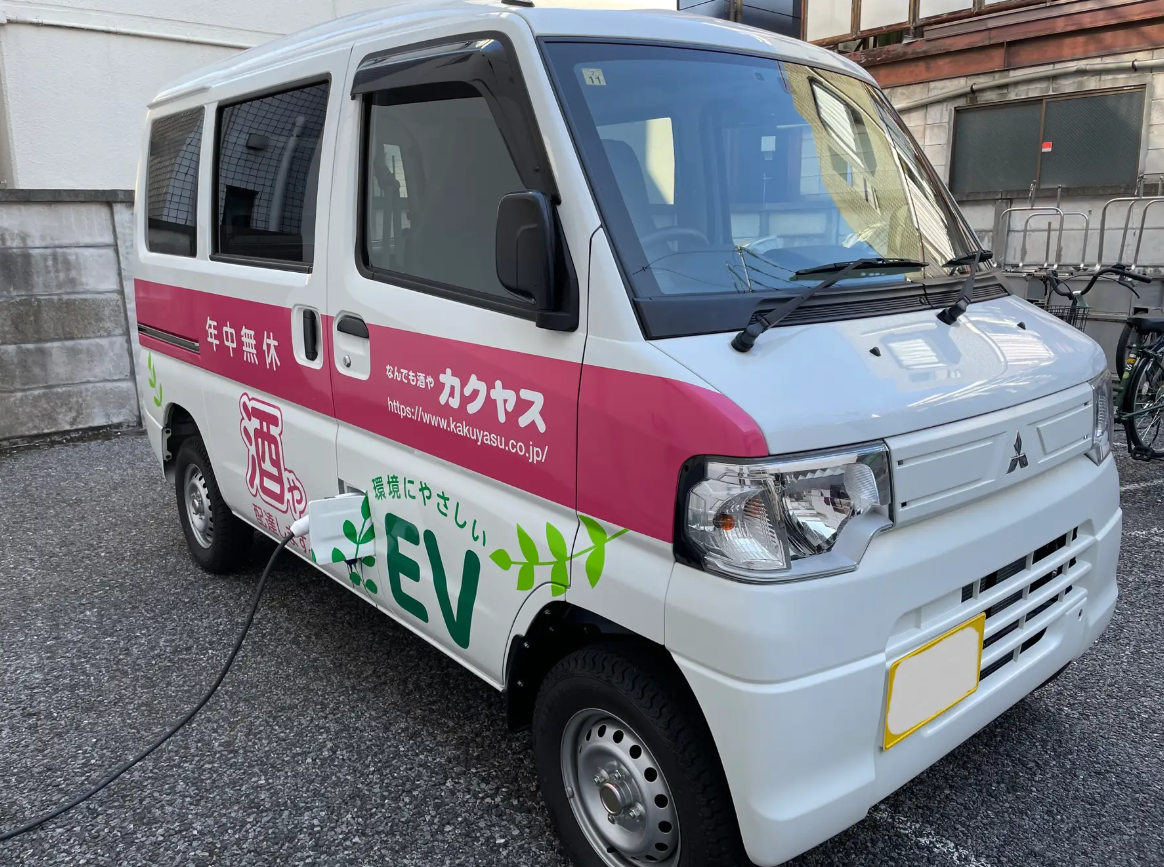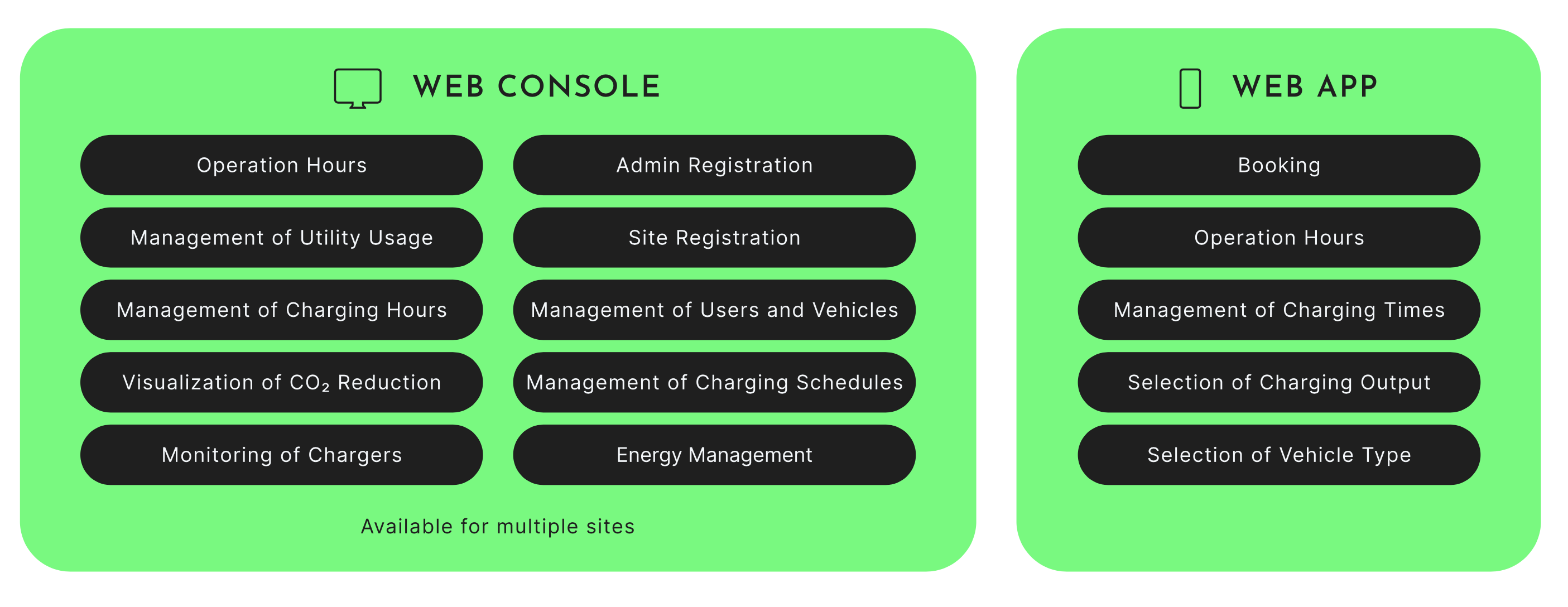Electrification of Last Mile Delivery Vehicles in Japan: A Case Study of Kakuyasu
2024年06月27日
With a goal to reach net zero carbon emissions by 2050, Kakuyasu- a retailer of liquor products in Japan, has started to electrify its fleet of last mile delivery vehicles. Given the relatively short distances covered by last mile delivery vehicles and its usually well-planned scheduled dispatches, electric vehicles are becoming a preferred choice for both companies and drivers.
The commonly raised concern of “range anxiety” is uncalled for, as delivery vehicles usually have a route that is planned in advance, and with charging infrastructure available at their dispatch centres, its charging schedule can be easily arranged with its delivery schedules to ensure that everything goes smoothly. The ease of driving of electric vehicles, and the potentially huge cost reduction in converting to electric (cheaper utility bills compared to gasoline prices) are two pull factors toward fleet electrification.
The only challenge left is a robust charging infrastructure designated for these drivers, and a comprehensive management system that allows the company to supervise operations, and specifically oversee power usage, charging times and possibly visualizing the reduction in CO2 emissions as a result.

Kakuyasu introduced to its fleets Mitsubishi Motors’ Mini-cab Miev, together with Yourstand’s EV charging management system for Business, named Yourstand for Business.
Among the multiple functions available in Yourstand for Business include rotational charging/ fleet charging that allow efficient charging while avoiding a surge in power. Other functions include the management of each individual vehicle’s charging status, time of use and the visualization of CO2 emissions reduction.
Yourstand for Business can be used from both smartphones and computers, and different levels of access and authorizations can be assigned to different people according to their roles. This allows managers to supervise chargers and vehicles, and area managers to oversee multiple locations, and headquarters to be aware of the statuses of all chargers under its management.

One crucial function for fleet charging and management is rotational charging.
Rotational charging, allowing vehicles to be charged in sequence, and not simultaneously, has two huge benefits for companies.
- By avoiding a peak surge, or by shifting the peak, companies can save on unnecessary utility bills that accumulate during peak surges.
- Rotational charging ensures that a power outage does not occur due to overloading of the circuit breaker.
The electrification of fleets is an upcoming trend, but companies face challenges such as a lack of space, power or a management system. Simply put, holistic solutions are required to help companies smoothly transition into electrified fleets.
Yourstand for Business could be the solution for your fleets, be it delivery cars, taxis, vans, trucks or buses. Contact us for more information!
